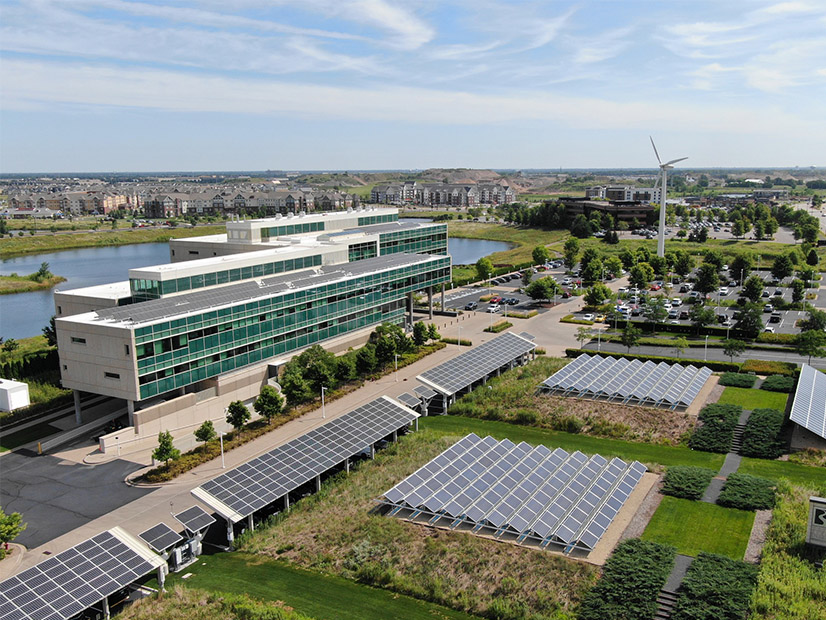CARMEL, Ind. — MISO says it will add a study to its planning process early next year to identify transmission reliability issues caused by distributed energy resources.
The study will mimic the style of its affected system study process with other RTOs.
MISO said it will create a technical screening process for interconnecting DERs to test for reliability impacts to the bulk electric system. The grid operator said it will begin screening for when it will need to perform studies on interconnecting DERs in October and initiate the first DER affected system study cycle Feb. 22. MISO asked its transmission owners to submit information on the potential for DER injections at their substations by Dec. 1.
Speaking at a July 19 Planning Advisory Committee, MISO’s Patrick Dalton said the RTO and its transmission owners will evaluate the need for a review of DERs when they can inject 5 MW of power at the substation level during system peak load and if they can force a 1% change in line loading. TOs will screen for the 5-MW injection capability, while the RTO will ascertain whether the DERs could influence a 1% line-loading change.
If the DER is shown to impact both reliability criteria, MISO will issue a report that will trigger its existing facilities study and could lead to network upgrades.
“MISO has not identified reasons that a DER affected system study would trigger the need to open new regulatory proceedings or to modify existing state-based interconnection rules,” Dalton said.
The RTO is updating its business practice manuals to incorporate the new study. It said it doesn’t require FERC permission to add the new study process.
ITC Holdings’ Ruth Kloecker said many of MISO’s transmission owners lack a “cohesive format” for communicating with distribution companies on DER reliability.
“I think that’s a big problem for MISO kicking off these studies,” she said. “We won’t have the data that’s necessary to do these studies.”
MISO staff said it’s important to move ahead with any information it can glean.
Meanwhile, MISO is also working on how it will incorporate more DER aggregations into its planning.
Currently, owners of DER aggregations aren’t required to submit modeling information to MISO. The RTO may make modeling submittals mandatory for larger DER aggregations sometime beyond 2023.
MISO reports that members are providing more details on DERs than in the past. For 2022 modeling, MISO recorded 411 MW of DERs at 651 locations, up from 30 MW at just eight locations in 2019.
In April, Planning Modeling Manager Amanda Schiro said DER “volumes are low and scattered throughout the system,” making planning impacts negligible thus far.




